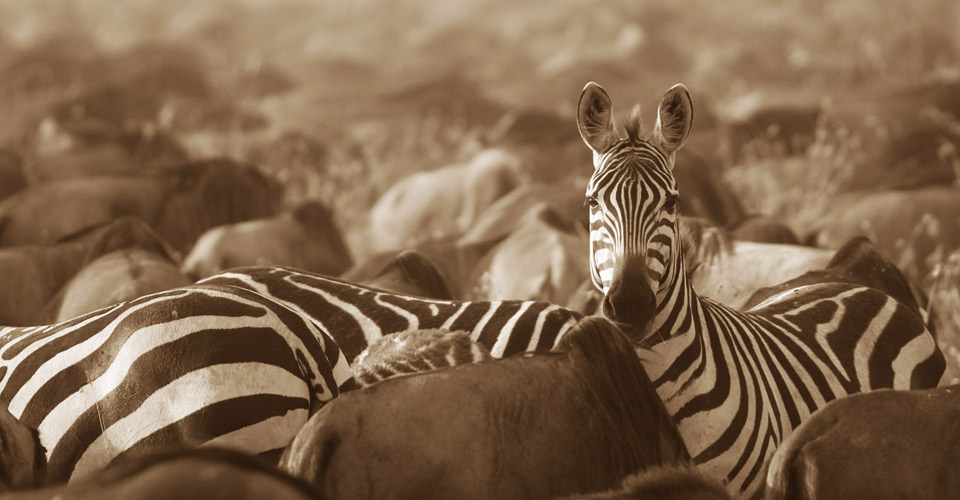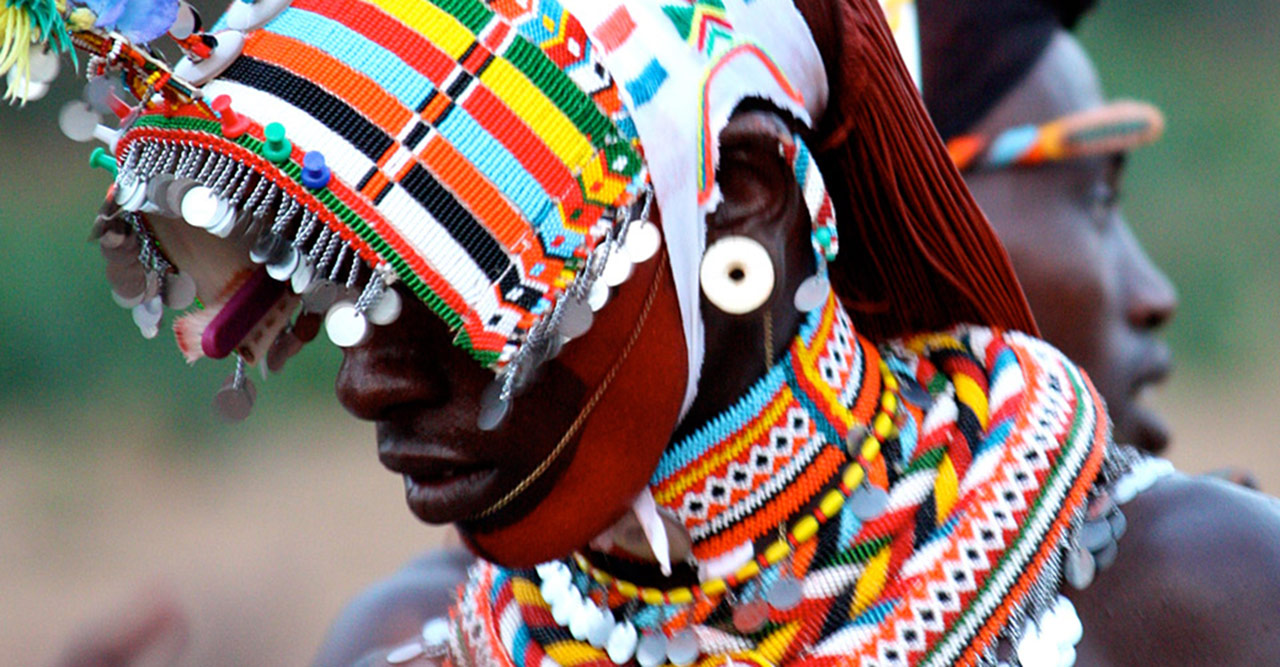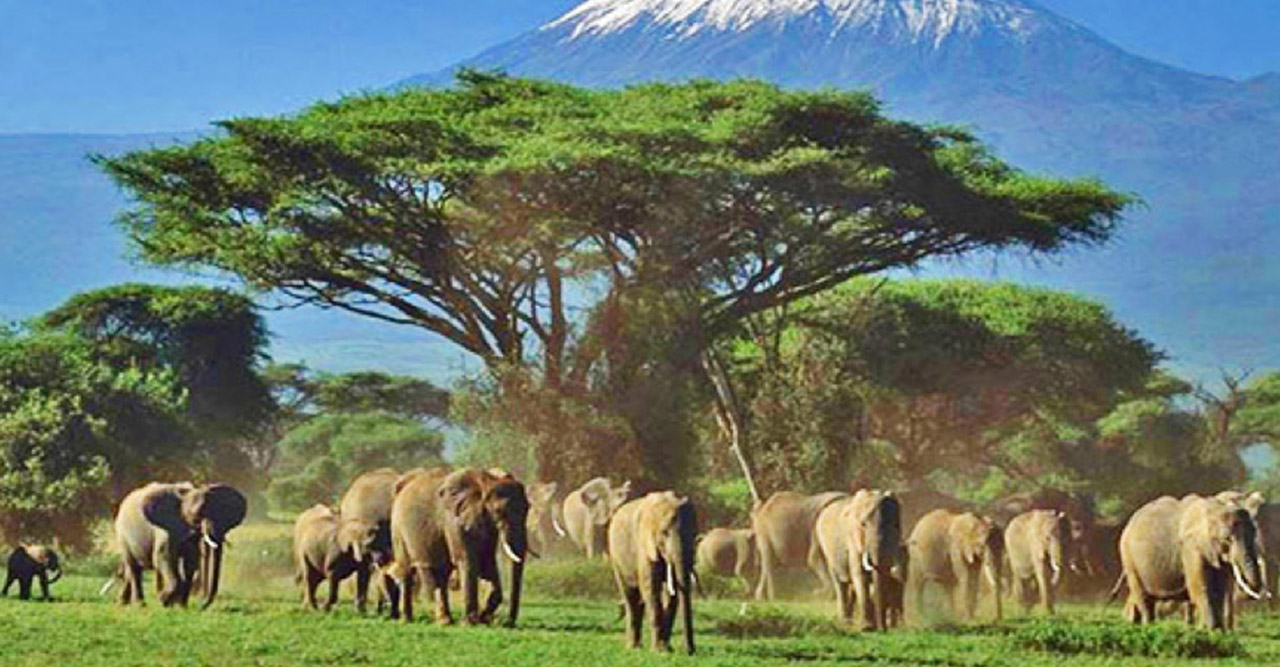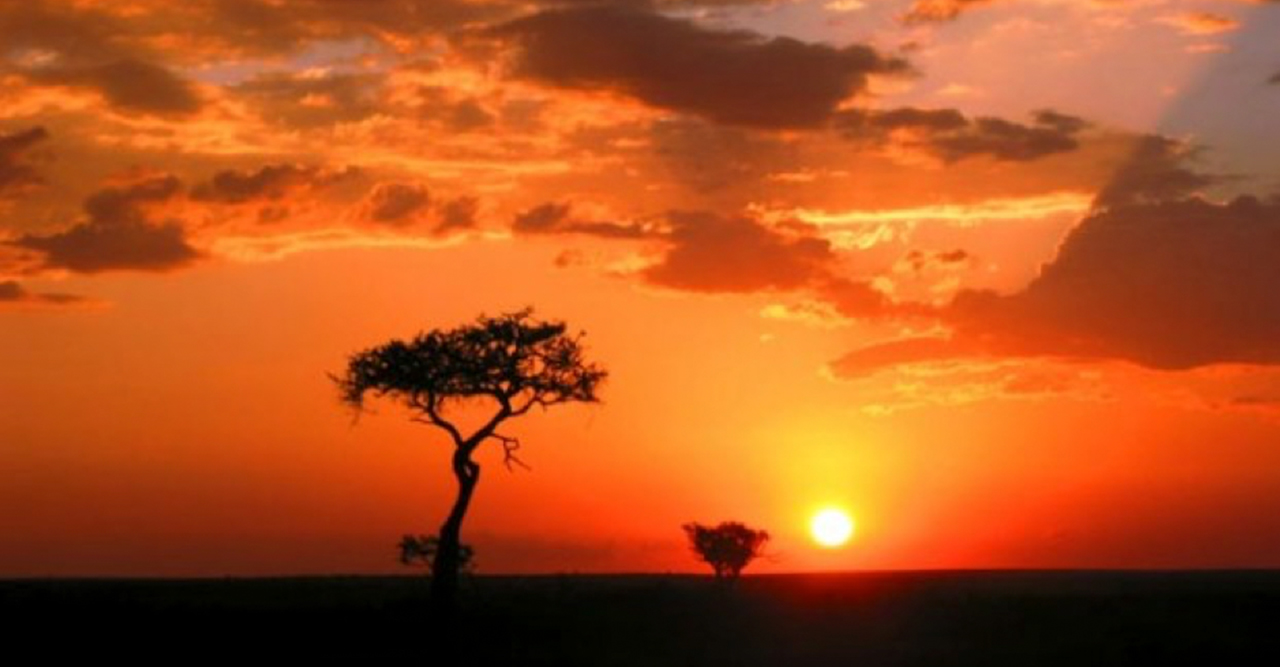Kenya – the name is almost synonymous with the word “safari”, a Swahili word meaning journey.
Perhaps no other place on the planet conjures such a spirit of adventure and romance. For first-time visitors, the sheer diversity of things to do is dazzling. Wildlife, of course, is top on the list. Witness throngs of wildebeest thundering across the savanna during the Great Migration in Maasai Mara, come eye-to-eye with an elephant in Amboseli, or marvel at Lake Nakuru flecked with thousands of flamingos. In these sun-soaked lands, ancient tribes such as the Maasai, Kikuyu, and Samburu retain their traditional customs, living in relative harmony with the natural world.
Beyond the world-famous safari parks lies a trove of coastal treasures.
Topographically, Kenya is stunning. Surrounded by calderas and mountain ranges, the Great Rift Valley divides the country. To the east of this sweeping valley, visitors can climb the snow-cloaked equatorial peaks of Mount Kenya and fish for trout in crystal clear streams. Hell’s Gate National Park harbours obsidian caves and hisses with natural geysers and hot springs. To experience the romance of Kenya’s colourful colonial history captured in the film Out of Africa, head to Nairobi. This bustling capital is the gateway to one of the world’s most evocative and exciting travel destinations.
Kenya’s capital and largest city, Nairobi, is legendary for its rich colonial history. Today, tourists can explore the city’s famous historic sites as well as some excellent wildlife-related attractions. A popular tourist attraction is the Karen Blixen Museum, the restored residence of the famous Danish author of the book, “Out of Africa”, also known by her pen name, Isak Dinesen.
To see wildlife without venturing too far from the city centre, visit Nairobi National Park, now a black rhino sanctuary and also home to a host of other classic safari stars including lions, leopards, buffalo, zebras, wildebeest, and cheetahs. Within the park’s borders, the David Sheldrick Wildlife Trust offers close-up encounters with elephant orphans. And no visit to Nairobi would be complete without popping into the Giraffe Centre near the famous Giraffe Manor where these long-necked beauties eat out of visitors’ hands.
Kenya’s rich diversity of wildlife means that no two experiences in the wild are ever the same.
Kenya’s protected areas are home to a different variety of flora and fauna species. Each wilderness area is specially branded because it has something unique to offer.
The Maasai Mara National Reserve is undoubtedly the finest wildlife area in Kenya. This is where you will find all the big game such as elephant, big lion prides, leopard, cheetah as well as commonly sighted antelope such as Thomson’s gazelle and the Maasai giraffe.
The best time to witness large numbers of wildebeest and zebra crossing the Mara River is from mid July to late October.
Samburu National Reserve is one of the lesser-known national parks but is nevertheless teeming with wildlife. Situated alongside the Ewaso Nyiro River, there is plenty to attract wildlife from the surrounding savannah plains.
The reserve is rich in wildlife with an abundance of rare northern specialist species such as the Grevy’s zebra, Somali ostrich, reticulated giraffe, gerenuk and the beisa oryx
Amboseli lies immediately north-west of Mount Kilimanjaro, on the border with Tanzania. The Park covers 392 square km and forms part of the much larger 3,000 square km Amboseli ecosystem.
Large concentrations of wildlife occur here in the dry season, making Amboseli a popular tourist destination. Amboseli is famous for its big game and its great scenic beauty – and the landscape is dominated by the towering Mount Kilimanjaro.
On the banks of the palm-lined Ewaso Nyiro River, Samburu, Buffalo Springs, and Shaba Reserves lie in an arid region in the remote north of Kenya. Shaba National Reserve is one of two areas where George and Joy Adamson raised Elsa the lioness, made famous in the film “Born Free”. The wildlife in all three reserves depends on the waters of the river to survive, and many species are specially adapted to the parched conditions such as Grevy’s zebras, Somali ostriches, and gerenuks, the long-necked antelope that stand on two rear legs to reach the fresh shoots on upper tree limbs.
A top attraction in Samburu National Reserve is the Sarara Singing Wells, local watering holes where Samburu warriors sing traditional songs while hauling water for their cattle to drink. Tourists here may also be rewarded with sightings of big cats and wild dogs.
Best times to visit:
- December to March and July to October: Maasai Mara National Reserve
- January to March and July to October: Amboseli National Park and Samburu National Reserve








